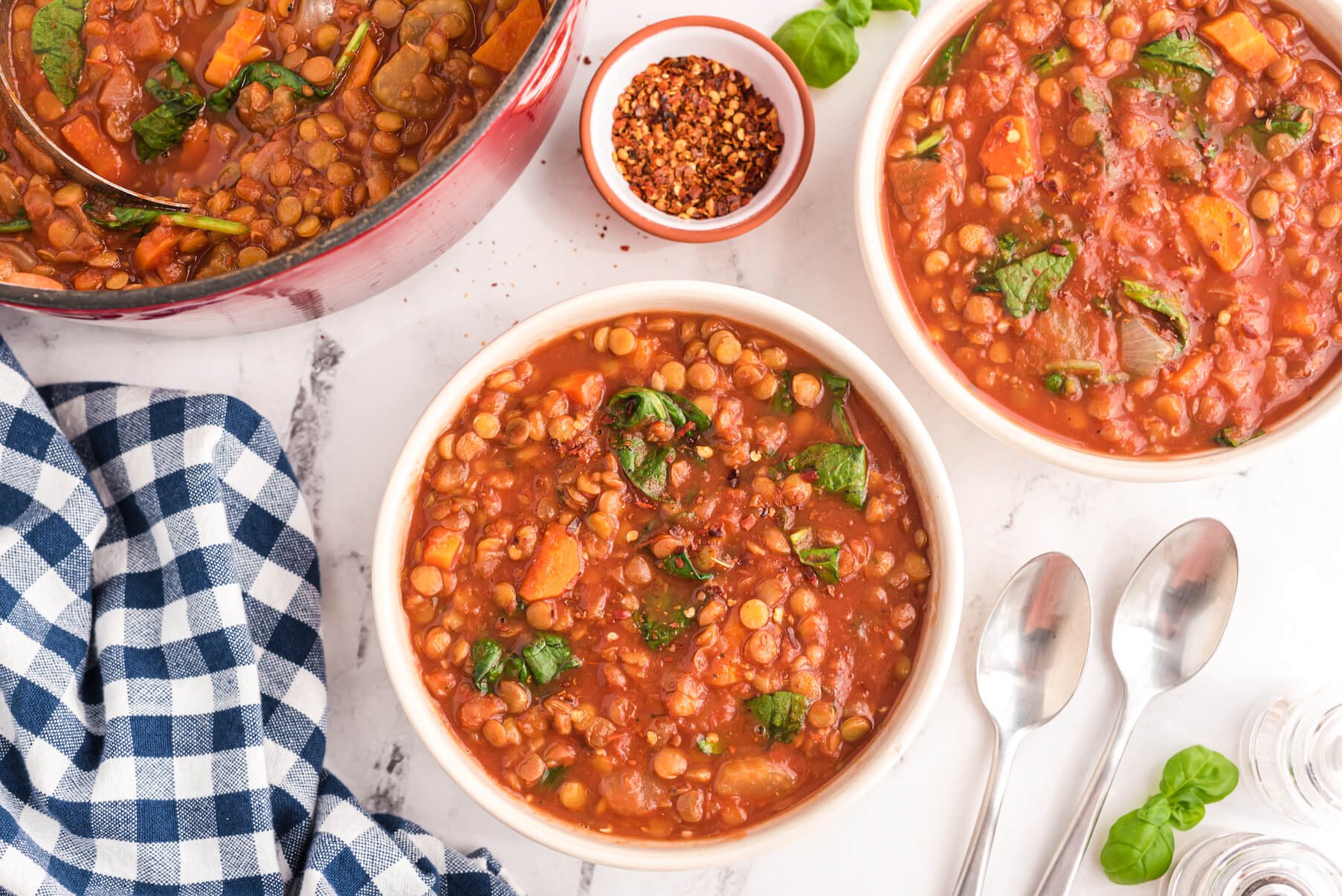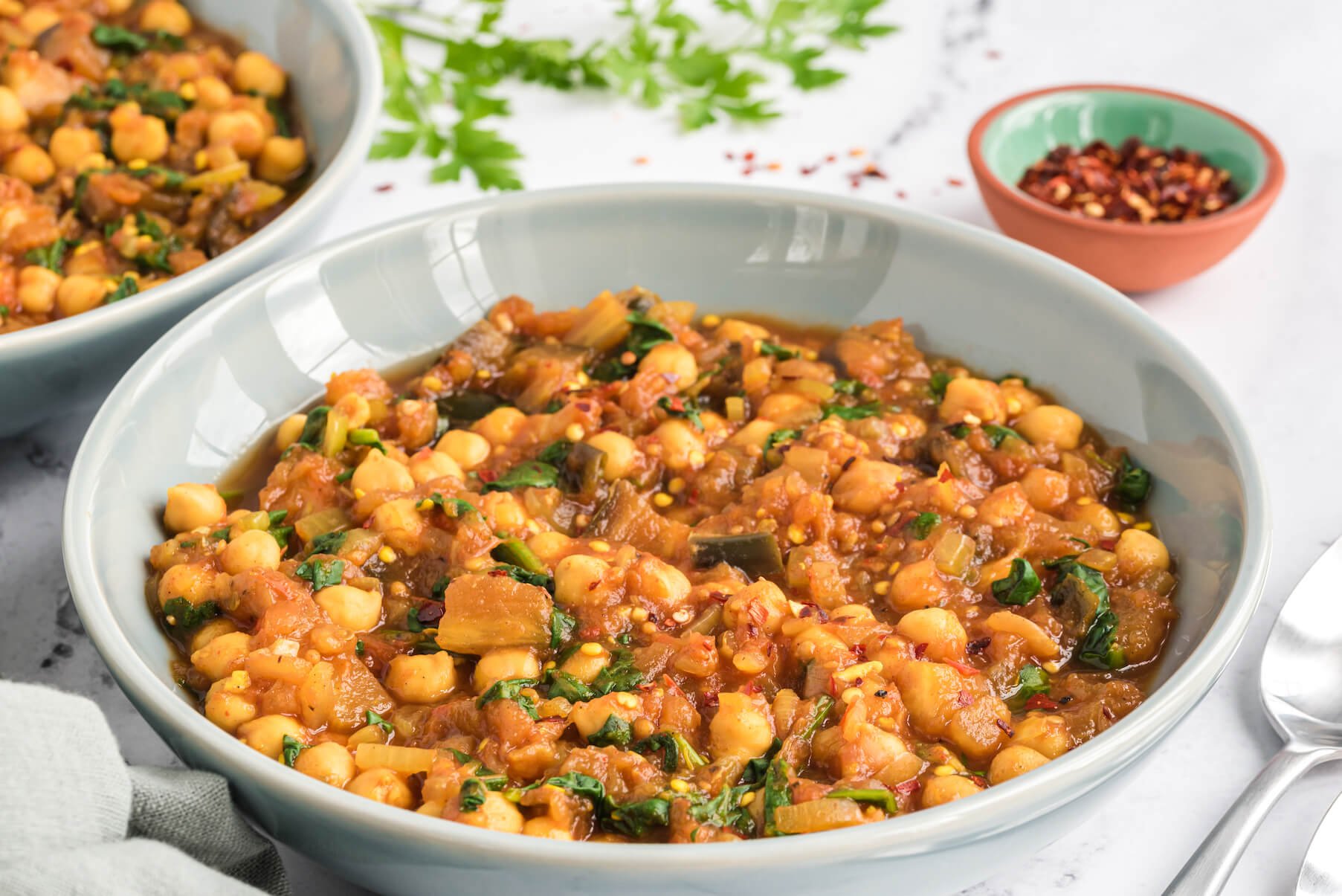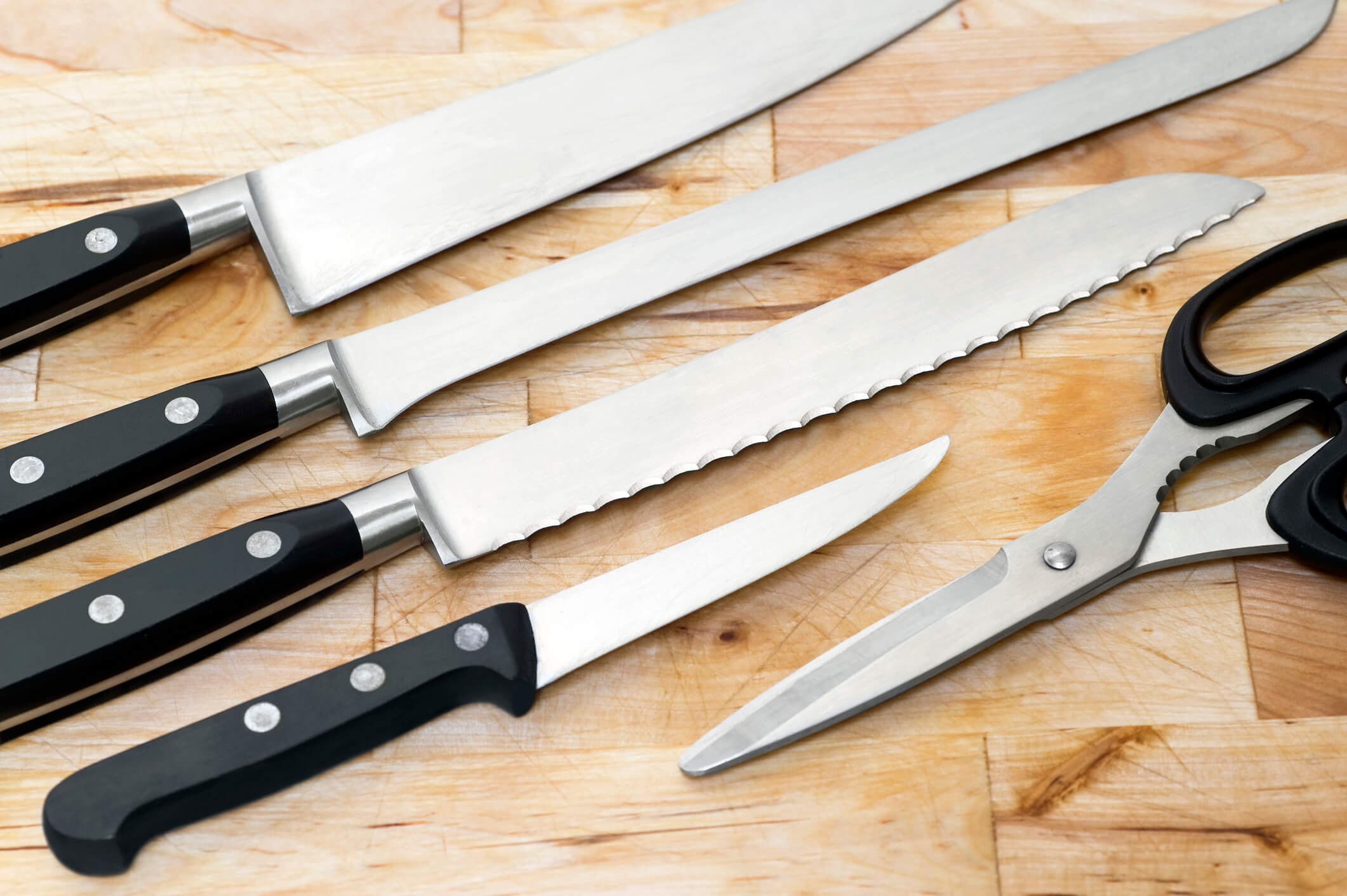Eating well and fueling your body with nourishing foods starts in your home. If you’re new to cooking or simply new to creating plant-based dishes, however, kitchen time can be intimidating. Essential kitchen tools, a well-stocked pantry, and basic culinary skills will help to ease your mind, minimize stress, and set you up for success as you experiment with new recipes using plant-based ingredients.
Whether you want to learn the fundamentals or you’ve been experimenting with plant-based recipe creations and want to refine your skills, the three practices below can help you:
- stay organized
- cook efficiently
- save time
- waste less food
- reduce costs
- practice safety
- build confidence
- feel enjoyment
One thing you can be sure of on this plant-based culinary journey — you are not alone! We each arrive at a plant-based lifestyle from different places. We weren’t born with the natural knowledge or know-how to create a creamy, cashew-based mac ‘n cheese or the perfect black bean burger that doesn’t fall apart. While the basic skills in these videos will be helpful, it also helps to understand that creating plant-based dishes is an ongoing learning process and that every step is an opportunity for you to channel your inner plant-based chef. You’ll continue to grow, evolve, and learn all about the magic plant foods offer.
This is why in addition to the technical skills demonstrated in each video, I recommend having:
- an open mind, which can help you enter the kitchen with more ease and less stress
- an adventurous spirit, to allow for experimentation and fun
- your compost bucket handy (because accidents happen and that’s okay!)
My hope is that this video series helps you enter your kitchen with peace of mind, new confidence, expanded knowledge, and lots of enthusiasm for creating delicious and healthy meals in your own kitchen.
Video One: Knife Skills
https://www.youtube.com/watch?v=ep2RQ_zKnVM
A good-quality knife may be the most important tool in your kitchen. If there is one type to keep on hand that can do a variety of tricks in the kitchen, from dicing to slicing to paring, it’s a chef’s knife. The brand you choose is a matter of personal preference. For example, European knives tend to be heavy in weight, whereas Japanese knives are lighter. Which knife is best for you depends on how it feels in your hand while preparing food. To get you started, here are a few quality brands to investigate:
Learning how to handle and care for your knife properly and safely is essential for comfort, enjoyment and proficiency in the kitchen. In this video, you’ll learn the best way to see if a knife is right for you; how to properly hold a knife; how to cut safely and efficiently; and how to care for your knife.
Video Two: Mise En Place
https://www.youtube.com/watch?v=Yu2VbAGvrVw
Essential to efficient and successful kitchen creations is something called mise en place, a French culinary term that means “setting everything in place.” It’s the practice of gathering and preparing all of your ingredients, tools, and equipment and having them ready to go before you start cooking. Taking time to do this adds to efficiency, since you make less stops at the fridge, spice cabinet, sink, or cutting board as you gather, wash, and chop your various ingredients in clusters instead of one at a time. It helps you to feel mentally and physically organized as you set out to prepare a meal. It sets you up for success and makes meal preparation exponentially easier and more efficient. It also gives you a good excuse to invest in some inexpensive and fun dishes and bowls to help with organization; a great reason to dust off bowls and dishes you haven’t used in a while; or, an opportunity to practice your earth-friendly values by reusing old condiment jars. To get started, here are some recommendations for basic cooking utensils to have on hand to make kitchen preparation easy and productive.
In this video, you’ll learn five reasons why mise en place can reduce stress, ease recipe creation, and enhance enjoyment in the kitchen.
Video Three: Cooking Without Oil
https://www.youtube.com/watch?v=yryHuyiJsUU
Fats are important from a culinary perspective because they help to balance flavors and carry them to the palate, and add smoothness and richness to a dish. From a nutrition perspective, fats can help transport important nutrients. So, why oil-free?
Simply put, oil-free sautéing allows for maximizing the nutritional value of meals and minimizing lifestyle-related health risks.
In terms of nutrition, two types of fats are available for culinary purposes:
- Whole-food fats are intact, not just a part of the food. Avocado is a good example of a food that contains fat, but also contains many other nutrients like fiber, vitamins, minerals and phytonutrients.
- Oils are extracted from the whole food using mechanical or chemical processing. For example, avocado oil is just the fat from the whole avocado, leaving other nutrients, which are so important for optimal health, behind.
When it comes to health risks, oils that are heated at high temperatures can create inflammatory compounds, whereas antioxidant-rich, whole plant foods contain anti-inflammatory compounds.
Many oils also contain an unhealthy omega-6 to omega-3 fatty acid ratio — a fatty acid imbalance that is linked to inflammation and is associated with increased risk of lifestyle diseases.
Finally, oil adds a lot of calories in exchange for very little nutrition, making oil calorically dense. Compare this to an avocado, which offers many nutrients along with its healthy fats, making it more nutrient dense.
Bottom line — using whole food forms of fat whenever possible will give you much more nutrition compared to just the fat component of that food.
Good examples include making salad dressings creamy by blending whole avocado with vinegar or lemon juice, and any other ingredients, or creating creamy sauces by blending whole cashews into a creamy base.
In this video, I show you how to sauté without oil using three essential steps that will guarantee successful oil-free sautéing each time you prepare a meal.
Recipes
It’s time to put those culinary skills into practice! Each one of the recipes below will give you an opportunity to practice all three: using your knife, preparing your mise en place, and cooking without oil. Have fun experimenting and creating delicious plant-based meals using these three potent culinary practices!
1. Yummy Tabbouleh Salad

This scrumptious salad is a great example of using whole plant-based foods instead of oil. Hemp seeds contain over 30% fat, making them a great substitute for oil since that fat content helps to add creaminess, balance flavors, and deliver essential nutrients. Unlike oil, which is just a portion of the whole food, hemp seeds also deliver protein, vitamin E, magnesium, and potassium. Culinary enthusiasts, you can also practice mise en place and knife cutting skills to make this tasty and nutritious recipe!
2. Spicy Spinach Lentil Soup

Delicious plant-based dishes can come together with ease and enjoyment when you practice mise en place, safe and efficient knife skills, and oil-free sautéing. Spicy Spinach Lentil Soup offers an opportunity to use all three, resulting in a dish that will leave you with satisfied senses and a blissful belly!
3. Eggplant Mnazaleh

Practice mise en place, knife skills, and oil-free sautéing by making this fragrant Middle Eastern dish filled with spices, veggies, and chickpeas. First, find your favorite bowls or dishes to organize your mise en place. Next, cut your onions, eggplant, garlic, spinach, and cilantro (or parsley). Finally, start your oil-free sautéing (don’t forget to keep a little water or veggie broth by the stovetop!). This meal will come together effortlessly and quickly once those culinary skills are honed!
Tell us in the comments
- Which cooking technique will you practice first and why?
- What successes (or challenges) have you experienced while oil-free sautéing?
- Did you practice any (or all three) techniques with a particular recipe? Please share your experience
Feature Image: iStock.com/Parema




